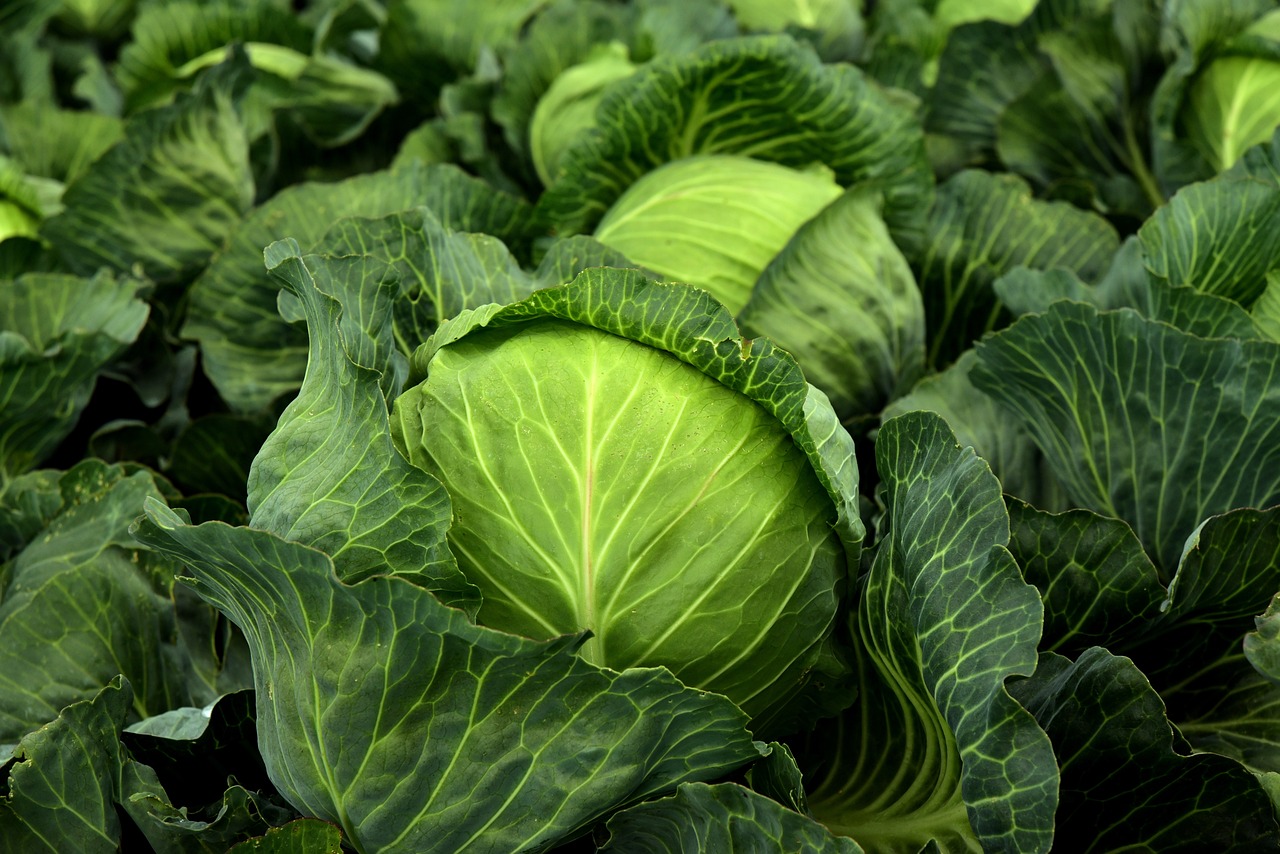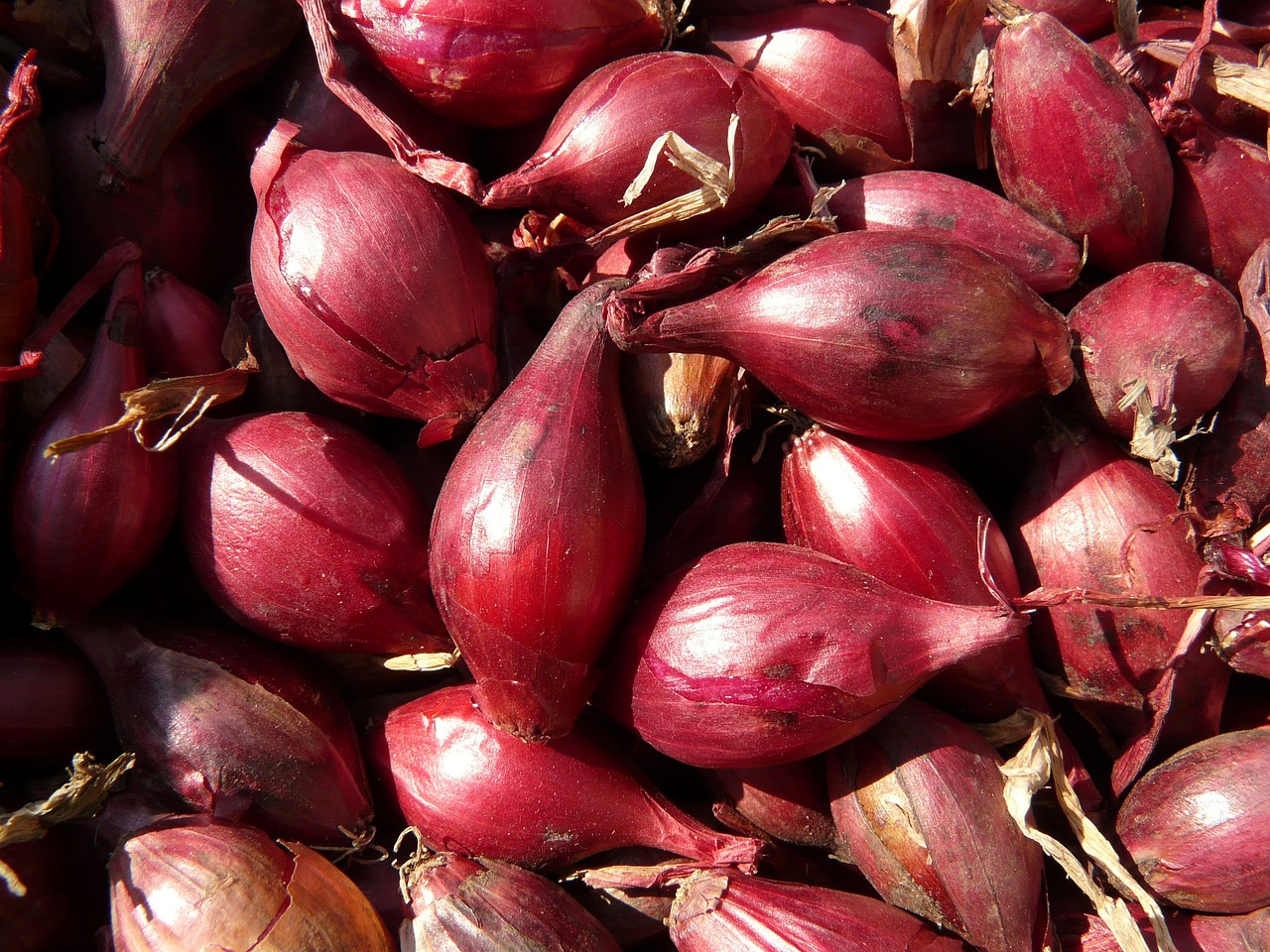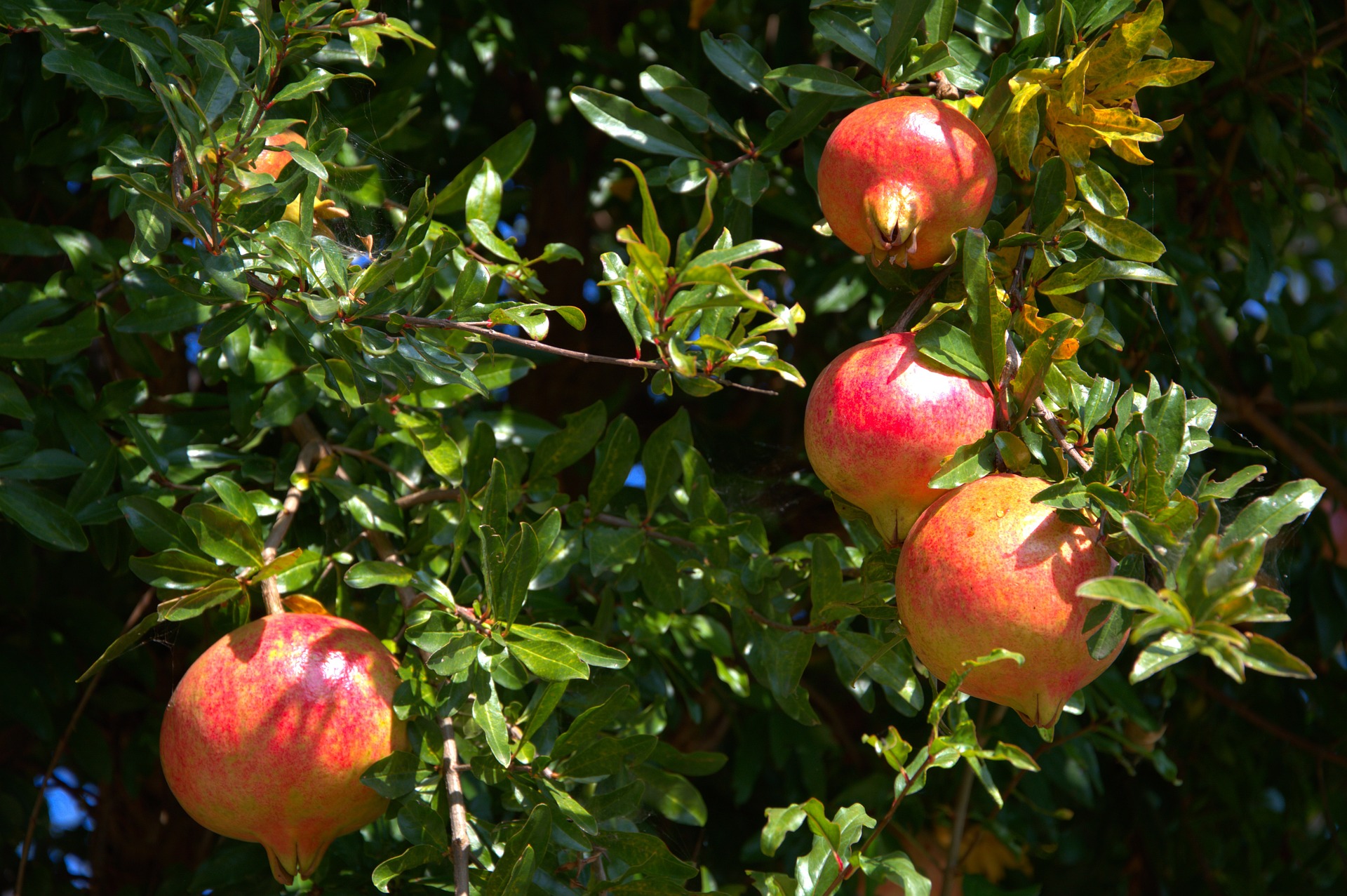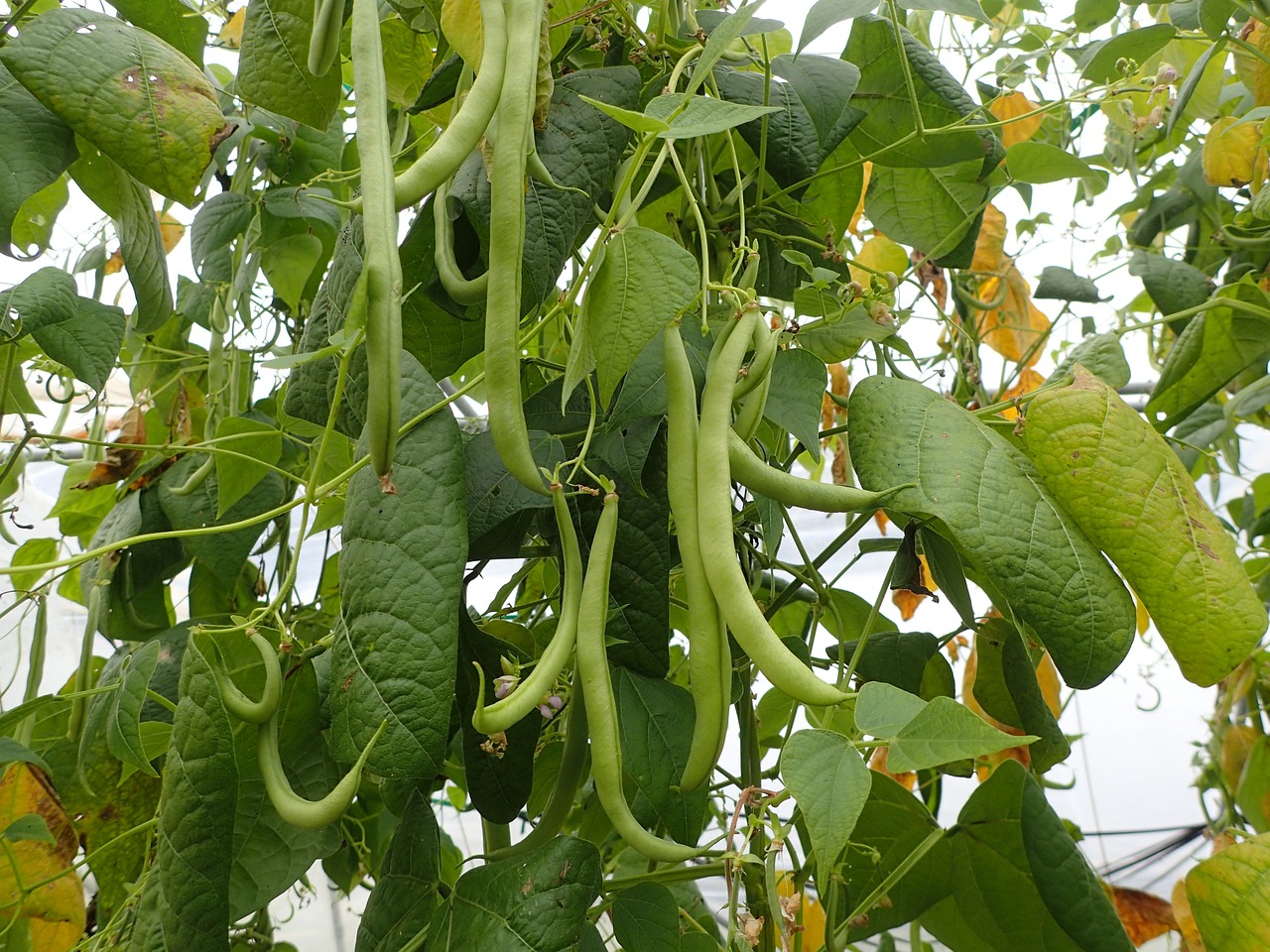Cabbage is a resilient plant that can grow in various climates and is easy to grow to cultivate.
It is a nutritious and versatile plant which can be eaten raw in salads, cooked, fermented and many other forms, therefore making it a valuable addition to a home garden.
Below is a guide on how you can grow cabbage in your own garden:
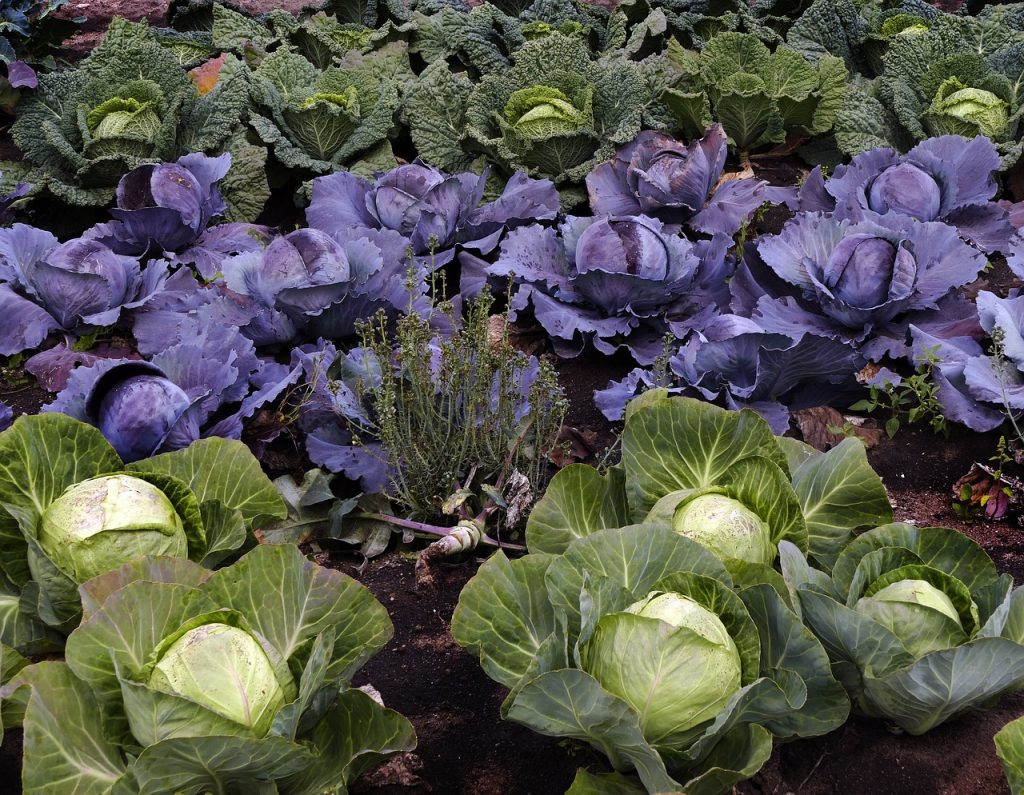
Description
Cabbage is a leafy biennial plant belonging to the family Brassicaceae, which also includes kale, cauliflower and broccoli.
It is grown as an annual plant for its dense-leaved heads that come in various colors including green, purple and white. It can be eaten raw, fermented, pickled, steamed or roasted.
Physiologically, cabbage is a cruciferous vegetable and is known for its nutritional benefits. It is low in calories and an excellent source of vitamins like vitamin C, vitamin K, and vitamin B6. It also contains fiber, folate, manganese, and various antioxidants.
Consuming cabbage has been associated with several health benefits, including supporting digestion, promoting heart health, and potentially reducing the risk of certain cancers.
| Botanical name: Brassica oleracea | Propagation: Seeds |
| Common name: Cabbage | Soil type: Sandy loam, silty loam |
| Family: Brassicacea | Soil PH: 6.0-7.5 |
| Plant type: Biennial | Temperature: 16-240C |
| Hardiness zones: USDA zones 2-11 | Light: Full sun |
| Mature plant size: 1-2ft. tall, 1-2ft. wide | Spacing: 45-60cm |
| Flower color: Yellow | Pollination: Bees |
| Leaf color: Green, purple, white | Toxicity: Non toxic |
| Time to maturity: 80 to 180 days from seed, 60 to 100 days from transplants | |
| Native area: Southern and Western Europe |
Temperature requirements
Cabbage prefers to grow under cool temperature conditions and optimum growth occurs at 16-240C.
Cabbage plants are tolerant to hard frosts but severe freezing can cause damage.
High temperatures above 250C cause growth of puffy heads with long cores and tip burn.
The flavor of cabbage improves in cool weather because plant cells work to convert starches to sugars to protect plants against the cold, therefore, it is advised that you plan well so that harvest dates for your cabbage occur in cool weather.
Soil requirements
Optimum cabbage growth occurs in well drained sandy or silty loam soil with pH of 6.0-7.5. Cabbage is also a heavy feeder and performs well in soil with high organic matter content.
Light/Sun requirements
Grow cabbages in an area that receives full sun (at least 6-8 hours of sunlight per day).
Some common cabbage varieties to grow
Green Cabbage: This is the most common variety, with a round shape and smooth leaves.

Red Cabbage: This variety is similar to green cabbage but with dark purple or red leaves.

Savoy Cabbage: Has crinkled, curly leaves that are dark green and tends to be more tender and flavorful than green cabbage.
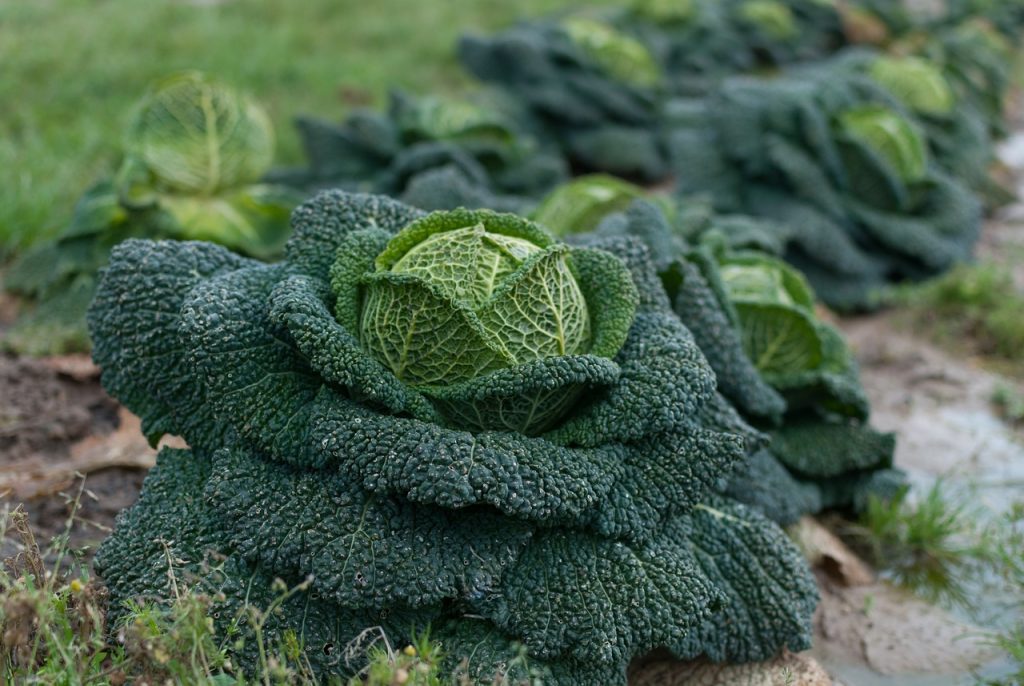
Napa Cabbage: Also known as Chinese cabbage. It has an elongated shape with crinkled leaves.
Bok Choy: A type of Chinese cabbage with thick, white stalks and dark green leaves.
It is often used in stir-fries and soups.

When to plant Cabbage
In colder climates, cabbage can be planted in early spring by starting seeds indoors, 6-8 weeks before your last expected frost date. This will give you a harvest in summer.
For a fall harvest, plant cabbage about 10-12 weeks before the first expected fall frost. This timing allows the cabbage to mature in the cool fall weather.
Calculate the planting time based on the average date of the first fall frost in your area.
If you live in tropical or subtropical regions of the world, choose heat resistant cabbage varieties to grow and plant them at the beginning of the rainy season, so that plants can benefit from the rains.
Planting
Starting seeds indoors
Fill seed trays with a seed-starting mix.
Plant seeds 1/4 inch deep and keep the soil consistently moist.
Transplant seedlings outdoors when they have 4-6 true leaves.
Alternatively, you can plant cabbage seeds in a nursery bed according to the following procedure:
Choose an area with well drained, rich soil and exposure to full sun.
Clear the area of weeds and debris.
Work the soil to a fine, crumbly texture. Remove any rocks or large clumps.
Create raised beds for better drainage by digging raised mounds or beds about 4-6 inches high.
Use wooden stakes and strings to mark rows. This helps maintain proper spacing between seedlings.
Plant cabbage seeds in rows according to the recommended spacing on the seed packet.
Plant seeds at around 1/4 to 1/2 inch deep into the soil.
Keep the soil consistently moist, but not waterlogged, during the germination and seedling stages. Use a watering can or a gentle spray from a hose to avoid disturbing the seeds.
If you’re starting seeds in warm weather, you might want to provide some shade to prevent young seedlings from getting stressed. This can be achieved using row covers or a temporary shade cloth.
Once the seedlings have grown a few inches tall and have developed true leaves, thin them to the recommended spacing. This helps ensure each seedling has enough space to grow.
About a week before transplanting, start acclimatizing seedlings to outdoor conditions by gradually exposing them to sunlight and outdoor temperatures. This process is known as hardening off.

Transplanting seedlings
The recommended time for transplanting cabbage seedlings is 4-5 weeks after sowing seeds, which is when plants have 4-6 true leaves. The recommended time for transplanting is late in the evening.
Dig holes that are deep and wide enough to accommodate plant roots.
Apply 500g of well decomposed animal manure or compost in each planting hole.
Transfer seedlings into the holes, while providing spacing of 45-60 cm between plants and 60-70cm between rows.
Backfill the holes with soil and ensure that the soil is properly settled around the roots.
Water thoroughly and apply a layer of mulch around the plants to retain moisture and control weed growth.
Care and maintenance
Watering: Keep the soil consistently moist, especially during dry periods. Water at the base of the plant to prevent fungal diseases. Reduce watering towards maturity of the crop.
Fertilizing: Side dress with a balanced fertilizer when the plants are about halfway to maturity.
Weeding: Keep the area around your cabbages free from weeds to reduce competition for nutrients.
Mulching: Mulch around the base of the plants to retain moisture, suppress weeds, and regulate soil temperature.
Crop Rotation
Avoid planting cabbages in the same location in consecutive years to prevent soil-borne diseases.
How to Harvest Cabbage
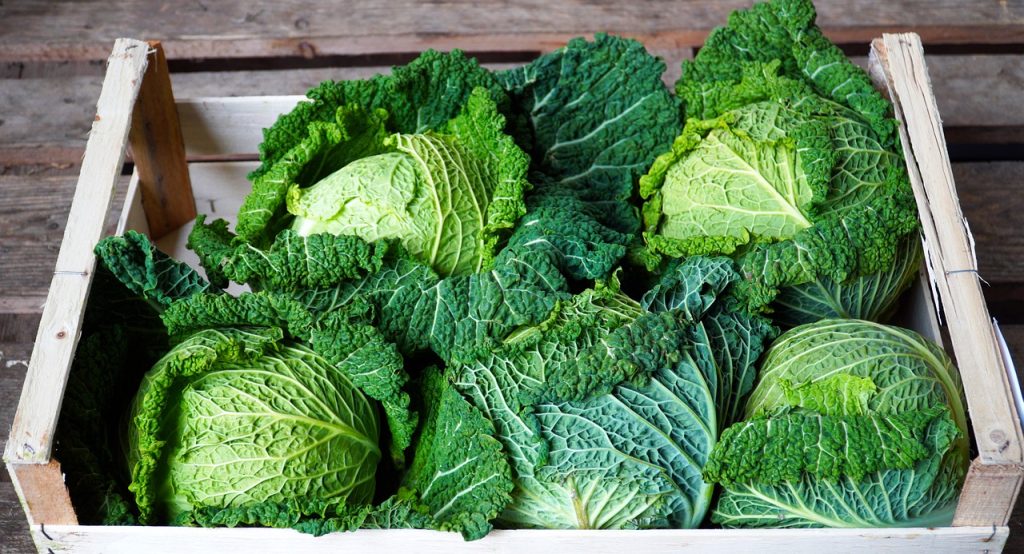
Harvest when the heads are firm and solid. This is usually when they reach the desired size and feel dense.
Storage
Store harvested cabbages in a cool, humid place. Some varieties can be stored for several months.
Best Companion plants
Consider planting cabbages with companion plants like onions, celery, and herbs to deter pests.
Worst companions
These include straw berries, tomatoes, mustard plants and pole beans.
How to Overwinter Cabbages
Overwintering cabbages will provide you with an early spring crop.
Plant your cabbage later in the season, giving it less time to mature before winter sets in. This can help the cabbage survive through the winter rather than reaching full maturity.
Plant cabbage with sufficient spacing to allow air circulation, which can help prevent diseases that thrive in moist conditions.
Apply a thick layer of mulch around the base of the cabbage plants. This helps insulate the soil, retain moisture, and protect the roots from extreme temperature fluctuations
Keep the soil consistently moist. Water the cabbage plants regularly, especially during dry periods. Adequate moisture is crucial for winter survival.
Common problems
Cabbage Worms: Small green caterpillars that feed on cabbage leaves.
Control: Introduce natural predators like parasitic wasps, use row covers to protect plants from adult moths or apply biological pesticides like Bacillus thuringiensis (Bt).
Aphids: These appear as small, soft-bodied insects that cluster on the undersides of leaves.
Control: Spray plants with a strong stream of water to remove aphids, release natural predators like ladybugs and lacewings and use insecticidal soaps or neem oil.
Flea Beetles: Beetles feed on young cabbage plants, creating small holes in leaves.
Control: Plant resistant varieties, use row covers to protect young plants and apply insecticides if the infestation is severe.
Slugs: Slimy, soft-bodied pests that feed on leaves, leaving irregular holes.
Control: Keep the area around cabbage dry, as slugs thrive in damp conditions, set up barriers like diatomaceous earth or copper tape or use slug baits.
Cabbage Diseases
Black Rot: V-shaped yellow lesions on leaves, leading to wilting and plant death.
Control: Plant disease-resistant cabbage varieties, rotate crops to prevent the buildup of the pathogen and remove and destroy infected plant debris.
Downy Mildew: Yellow spots on upper leaf surfaces, white fungal growth on lower leaf surfaces.
Control: Provide proper spacing between plants for good air circulation, apply appropriate fungicides and remove and destroy infected plant material.
Alternaria Leaf Spot: Small, dark spots with concentric rings on leaves.
Control: Practice crop rotation, apply recommended fungicides if the disease is present and avoid overhead watering so that leaves do not get wet.
Powdery Mildew: White, powdery spots on leaves.
Control: Provide good air circulation and avoid overhead watering.
Cabbage physiological disorders
Bolting: Bolting occurs when the cabbage plant prematurely produces a flower stalk and sets seed. It is often triggered by exposure to prolonged periods of cold temperatures.
Management: Plant cabbage at the appropriate time and in suitable conditions. Choose cabbage varieties that are less prone to bolting.
Tip burn: Tip burn is characterized by the browning and death of leaf edges, often starting at the tips. It can result from calcium deficiency or fluctuations in soil moisture.
Management: Maintain consistent soil moisture levels and ensure adequate calcium availability through proper soil amendments.
Yellowing (Chlorosis): Yellowing of cabbage leaves can occur due to various factors, including nutrient deficiencies (e.g., nitrogen), poor soil drainage, or diseases.
Management: Address nutrient deficiencies through fertilization, improve soil drainage, and control diseases through proper cultural practices.
Splitting or Bursting: Cause: Cabbage heads may split or burst due to irregular watering, especially if the plant experiences rapid growth after a dry period.
Management: Provide consistent and even watering to prevent rapid changes in cabbage growth

